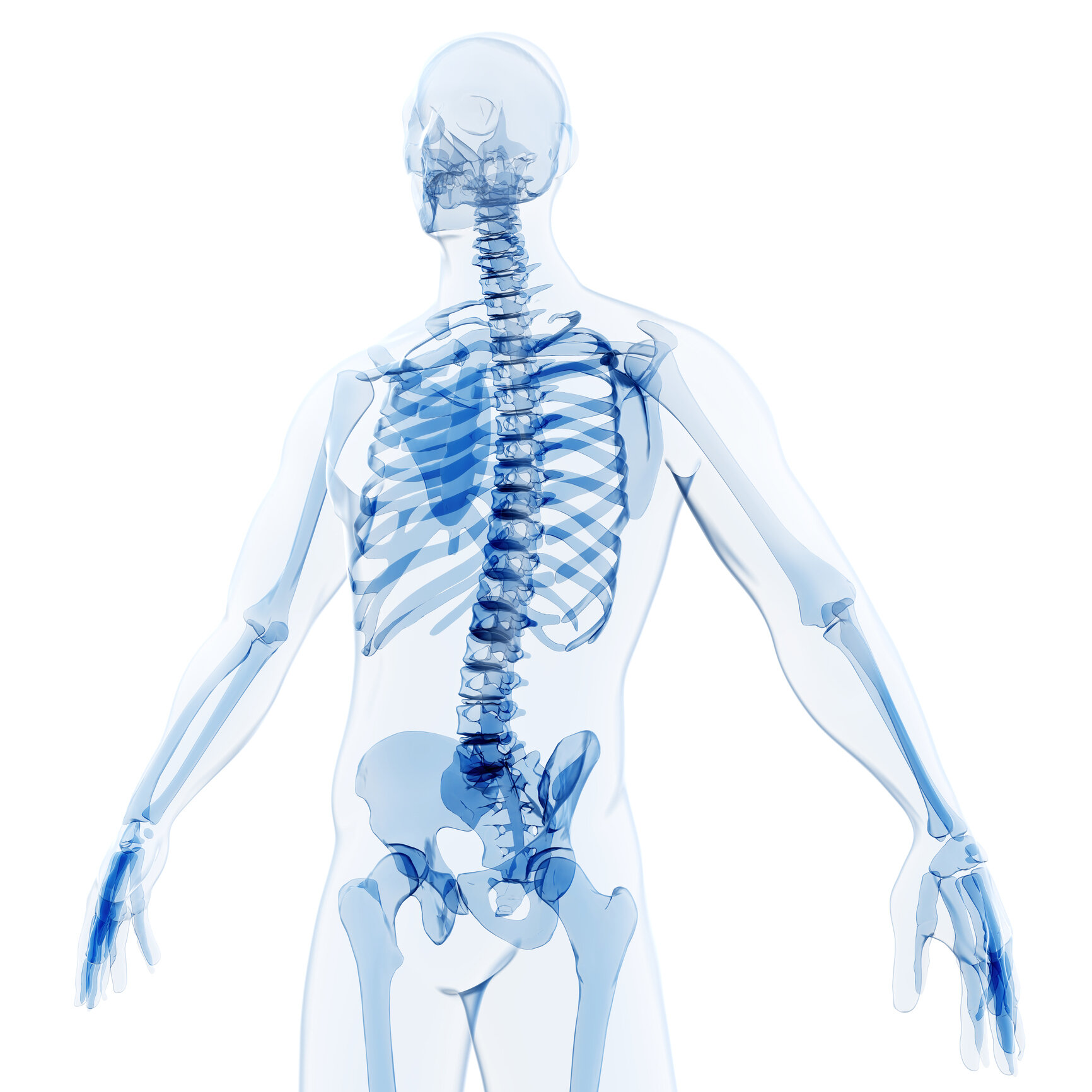
CERVICAL SPINE

CERVICAL RADICULOPATHY
The cervical spine or neck is composed of seven bones (vertebra) which are separated by intervertebral discs. As we age the intervertebral discs degenerate, decreasing height and bulging outwards.
These disc bulges impinge on nerves exiting the patient’s spinal canal causing a range of symptoms in the arms (Cervical radiculopathy). Symptoms can also occur due to compression by bony spurs (osteophytes) that develop as the spine ages.
Patients may feel severe pain in a specific area in the arm often radiating down to the forearm
and hand. In addition some patients will experience altered sensation, pins and needles or numbness in a specific location in their arms. Other patients will notice muscle weakness of varying severity effecting particular muscle groups.
The symptoms may be eased or exacerbated by adopting a particular position of the neck and head.
Treatment Options
Non Operative Management
The initial management of this condition can include painkillers, muscle relaxants and anti-inflammatory medication. Gentle physiotherapy comprising traction and deep tissue massage may help ease muscle spasm which can occur at the same time. However aggressive manipulation or mobilisation of the neck should be avoided.
Early interventions include radiologically guided injections (cervical rhizolysis) around the nerve roots which can ease the symptoms within a week or two of receiving the injection. This procedure is typically undertaken under x-ray or CT guidance and allows a needle to be placed in close proximity to the nerves exiting the spine.
The doctor will have determined prior to the injection which nerve is being targeted on the basis of the patient’s history, clinical findings on examination and imaging studies. Typically a small volume to steroid is injected around the nerve and between 60 – 70% of patients will notice an improvement in their symptoms within two to three weeks of the injection.
Surgery for cervical radiculopathy can be undertaken using a surgical approach on the front (anterior) or the back (posterior) of the neck. The decision to proceed using either an anterior or posterior approach is based on where the nerve compression is the most severe and the patient’s anatomy.

ANTERIOR CERVICAL SPINE SURGERY
A small incision is made on the front of the neck to access the front of the spinal column. In cases where there is a disc prolapse the entire disc is removed and then replaced with a fusion device. The operation takes about an hour and the patient typically goes home the following morning.
The operation may comprise either a spinal fusion or disc replacement. Following removal of the disc and decompression of the nerves a space exists between the vertebrae. This may be filed by insertion of a small plastic case into which artificial bone graft is placed. This allows the bone above and below to heal solidly together stabilising the bones (cervical fusion). This cage is typically firmly fixed in place. In some cases patients may be candidates for a cervical disc replacement.
The patient is typically able to go home the day after surgery. A hard collar is worn at home for two weeks after surgery to allow the soft tissue recovery though may be removed for meals and showering.
POSTERIOR CERVICAL SPINE SURGERY
In some cases patients may be better suited to have surgery to address a trapped nerve through an operation on the back of their neck. This will typically involve a small incision in the back of the neck to allow the surgeon to remove bony spurs which maybe compressing the nerve in addition to small pieces of disc. In some cases the surgeon may need to resect bone and insert screws and rods to fix the bones.
We will help you to organise your scan as rapidly as possible in a provider that takes your insurance. We would ask you to bring along a copy of your scan on CD or DVD for review at your appointment.

MYELOPATHY
Compression in the neck and chest region results in compression of the spinal cord(myelopathy).
This may present with diminished dexterity in the hands. Patient may complain of difficulty doing fine work with their hands such as doing up buttons or zippers on clothing, using keyboards, writing, or food preparation.
Patients may also notice their balance deteriorating so that they walk with an unsteady gait pattern. Some patients complain of an unpleasant sensation in their skin.
CERVICAL DISCECTOMY AND FUSION
PRE-OPERATIVE
Cervical Discectomy and Fusion is recommended if there is a disc compressing the spinal cord (myelopathy) or a nerve root branching off the spinal cord ( cervical radiculopathy).
You will be admitted on the morning of surgery and should fast from midnight the night before surgery.
If you are taking blood thinning medication such as aspirin, Plavix, Warfarin this will need to be discontinued prior to surgery and the surgical team will liase with you and your GP to organise this.

